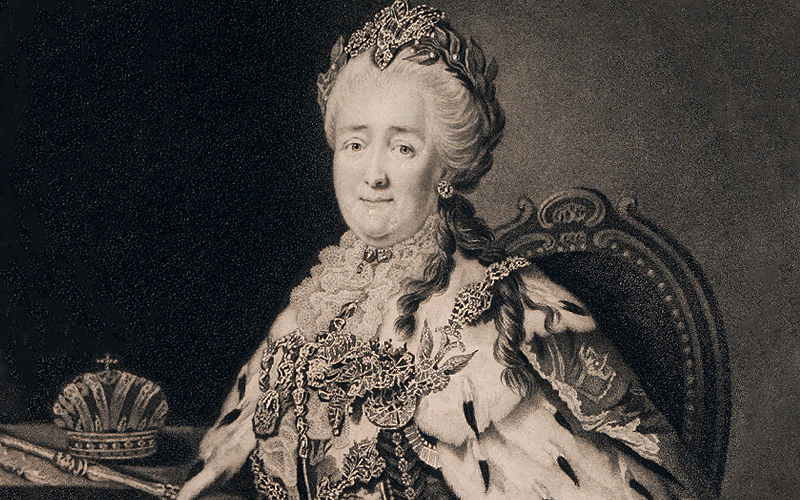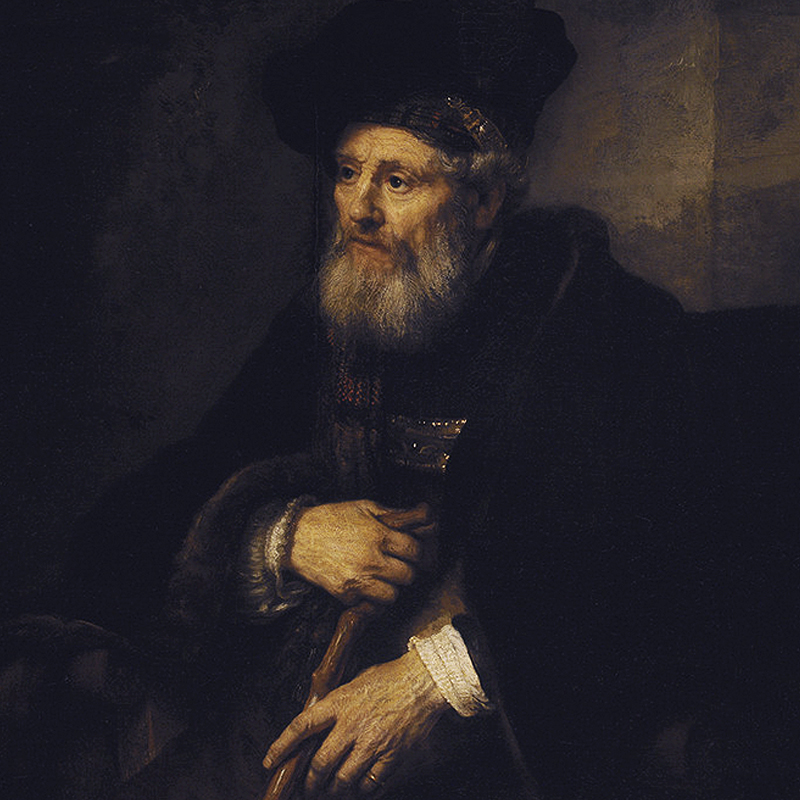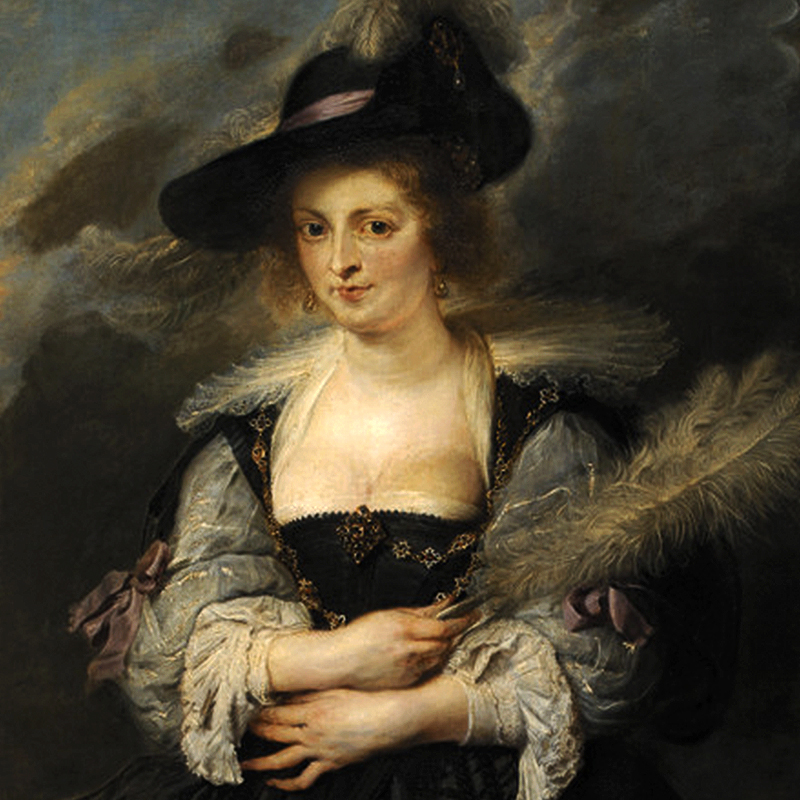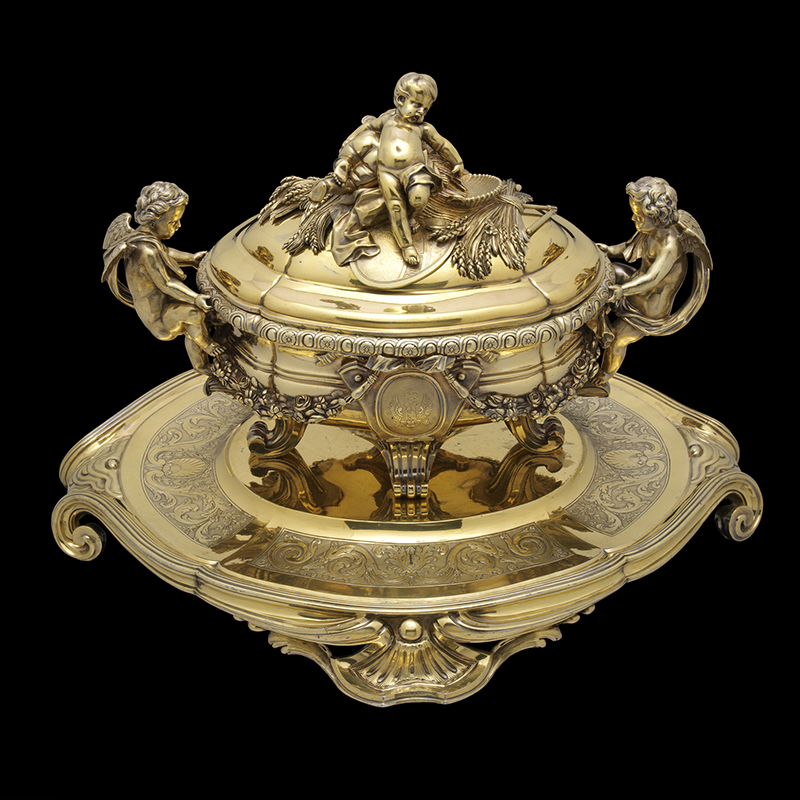Catherine II of Russia

A well-known historical figure, the Empress of Russia, Catherine II, owned a number of the works which now form part of the Collection, including several masterpieces acquired by Gulbenkian, such as Diana by Houdon, Portait of an Old Man by Rembrandt and Portrait of Helena Fourment by Rubens.
Catherine the Great, as she came to be known, ruled over Russia for more than 30 years, from 1762 to 1796, when the country was in the process of becoming a great power, extending its borders and building new cities.
One of the main contributions made by the Empress was in the field of arts and culture. Catherine corresponded with prominent literary and philosophical figures, such as Voltaire and Diderot, and wrote several works herself, including an autobiography. The famous Hermitage Museum in Saint Petersburg, one of the largest in the world, was the first to house her private collection. Spread across several buildings, many of which were built on her orders, the museum was also home to a theatre.
It is believed that her collection contained up to one million works from different eras and countries, featuring different styles. In the 1930s, many of the works she owned were sold to raise funds for the Russian state. Among these was the famous ‘Orloff Service’, a dinner service of around 3,000 items commissioned by Catherine II as a gift for her favourite, Count Orloff. Gulbenkian purchased part of it.
The Empress also posed for a number of painters and sculptors, and was depicted in different ways in a variety of media. In 2004, the Calouste Gulbenkian Museum acquired an album containing a record of the paintings from the Walpole Collection exhibited at Houghton Hall. The frontispiece of the first volume displays a portrait of Catherine II produced using the stipple engraving technique by Caroline Watson, widely considered to be the first female engraver to work professionally in Great Britain. At that time, women were beginning to have greater purchasing power and to take an interest in engravings, so Caroline attempted to reflect their tastes. A number of prominent women supported her work, including Queen Charlotte, who appointed her ‘Engraver to the Queen’.




A Collection of Stories
On a weekly basis, we shared a story around Calouste Gulbenkian’s collection. This section was created in 2020, which is why the articles refer to the Calouste Gulbenkian Museum collection as the Founder’s Collection.
Other stories